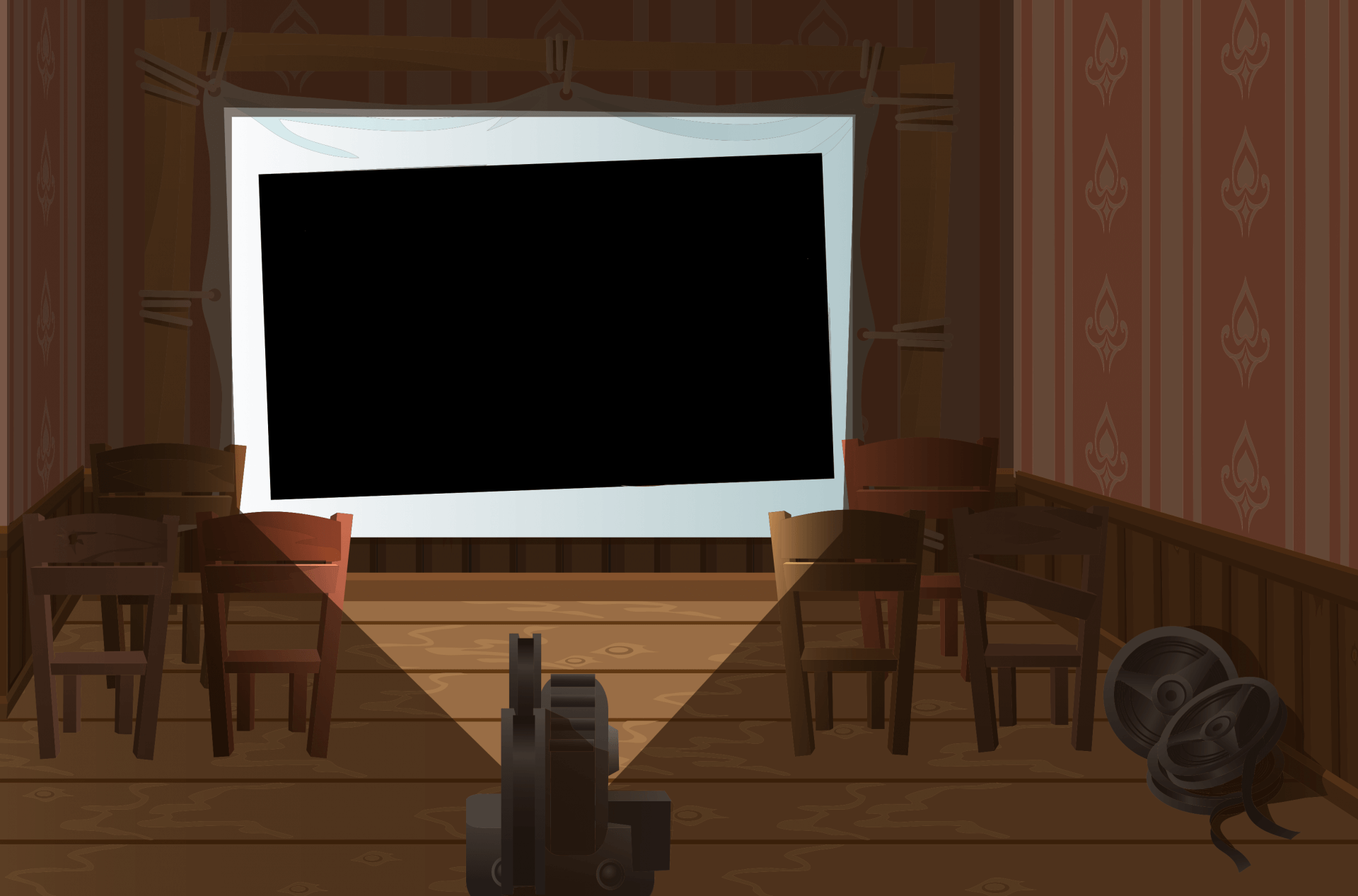In the mid-1400s, Johaness Gutenberg changed the world in a profound way with his printing press.
Rather than the laborious practice of writing by hand, his movable type and mechanical reproduction allowed for the quick printing and widespread distribution of written materials for the first time in the Western world. The latest built-in editor for WordPress is named after this man and his invention, and after using it for a few years now, it’s easy to see why.
Classic WordPress vs. Gutenberg
In the classic WordPress editor, you’d typically see what looked like a page in a word processor like Google Docs or Microsoft Word. At the top of the editing page, you’d find controls for adding elements like headings, images, bulleted lists, and links, as well as simple options to style body copy like alignment, font size, colors, and bold or italics.
Adding more advanced elements to a webpage like videos, maps, and complicated layouts often required installing one or more specialized individual plugins, writing custom code, or using a website-building plugin like Elementor, WP Bakery, or Beaver Builder.
Similar to how many of those website-building plugins work, Gutenberg uses a collection of blocks to hold, style and display different types of content on a website. The number of included blocks is huge (not to mention third-party custom block libraries and the ability to create new blocks), and there are options for saving, duplicating, and reusing blocks and block patterns across pages.
Gutenberg vs. Website-Building Plugins
Gutenberg’s big advantage over website-building plugins, however, is that it is part of WordPress, not a plugin that you have to download so it can overwrite WordPress with an entirely new set of controls. This means a WordPress website built with Gutenberg has a smaller footprint so it’s faster to load, while also making it easier to edit and less prone to compatibility issues. There’s also the benefit of not needing a paid plugin to get a huge range of functions!
Learning Gutenberg: Easier Than You Might Think
If you’ve never edited a website before, the good news is Gutenberg is really user-friendly. In general, if you can see writing on your website, you can just click on the words in the editor and start typing away to make changes. Block-specific settings appear when you need them, and the editor offers multiple pathways to perform the same tasks so you can work the way you prefer. Easy peasy, lemon squeezy!
On the other hand, if you’re used to the classic WordPress editor, switching to Gutenberg might at first feel like a real challenge. Change can be difficult for most people, especially when it comes to how we work with technology. But don’t be discouraged! Gutenberg is a well-organized and powerful system and, at its core, this new editor upholds the longstanding WordPress mission of making websites easy for everybody. Once you get used to where controls are located see how easy it is to add, edit or otherwise change content on your website, we’re pretty darn sure you’ll love Gutenberg as much as we do.
Take the New Editor for a Test Drive
If you’re ready to see Gutenberg for yourself, WordPress has a nifty little webpage where you can give the controls a whirl at wordpress.org/gutenberg. If you’d like a little handholding, in our next installment of this series we’ll go over the basic Gutenberg blocks and controls, and future posts will include specifics on combining blocks and some of the more advanced options.
Gutenberg + CleverOgre = Great Websites!
If you’re ready to get your own Gutenberg website filled with all the extras and custom features CleverOgre is known for, drop us a line! We’ll listen to your needs, discuss your goals, and provide you with a plan to get a brand-spanking-new website you can be proud of showing off.
